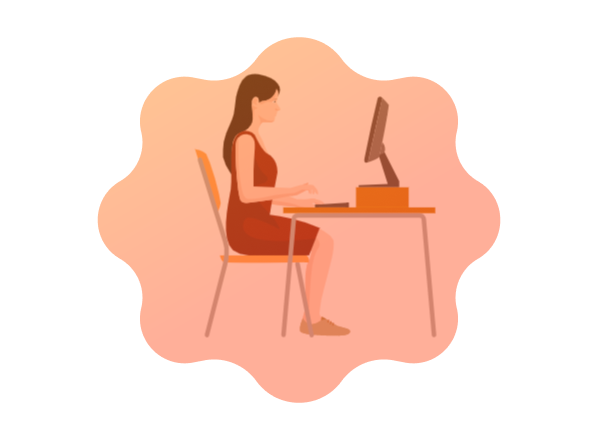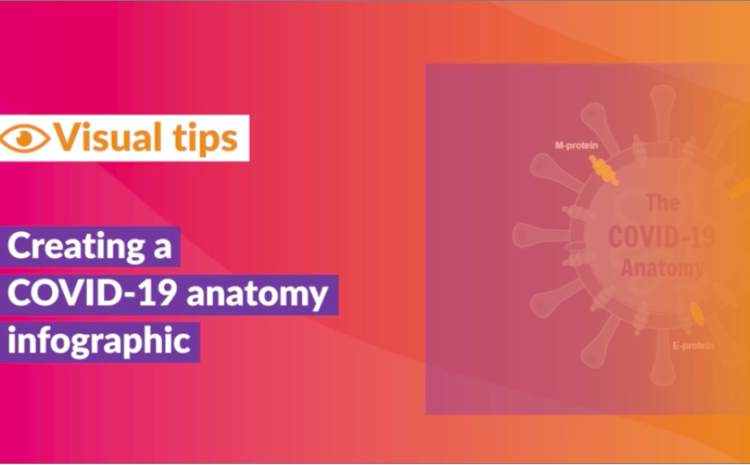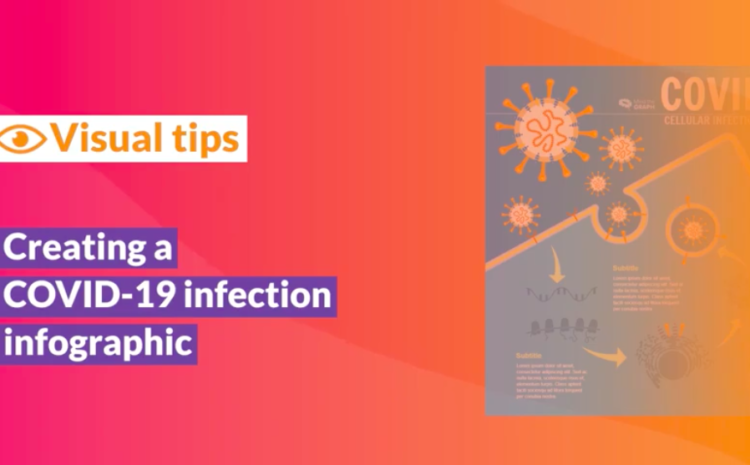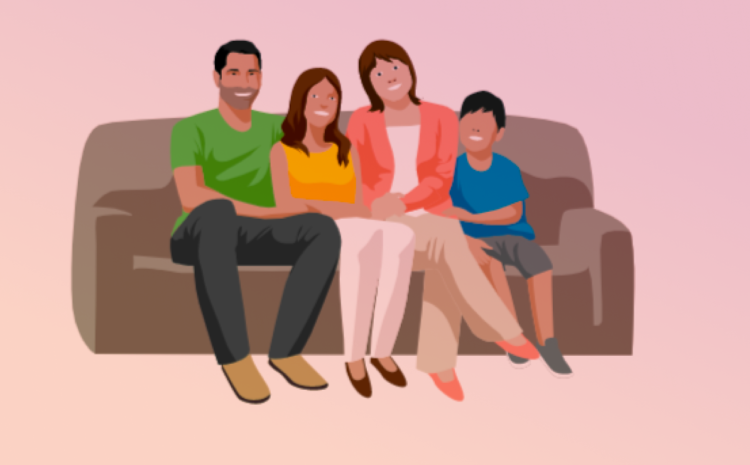Å holde avstand er det beste tiltaket man kan gjøre for å forhindre virusoverføring via luftveiene.
Folk smitter hverandre når de snakker, snuser i nesen, nyser eller håndhilser. Noen sier at to meter (2m) er avstanden vi bør holde andre unna som et forebyggende tiltak.
Bildet nedenfor ble publisert i New York Times, basert på data fra Center for Disease Control (CDC). from the United States. Simple said, it shows how the protective measures, like social isolation and wearing masks may “flatten” the curve and therefore theoretically inhibitin the “peak” in number of cases.

Til tross for at det totale antallet tilfeller er nøyaktig det samme, betyr en utflating av kurven at helsevesenet ikke blir overbelastet, og at sjansen for å helbrede smittede personer med riktig støtte på en intensivavdeling er større.
Don’t matter how prepared is a country in terms of number of beds, no one is prepared for an epidemy like this one. Basically, it neves happened. And the worse thing in the coronavirus Covid-19 case is that selv personer uten symptomer kan være smittebærere.
C.D.C. paper titled “Retningslinjer for forebygging av pandemisk influensa i samfunnet,” showed what Dr. Harris called two epi curves. One had a steep peak indicating a surge of coronavirus outbreak in the near term; the other had a flatter slope, indicating a more gradual rate of infection over a longer period of time.
The gentler curve results in fewer people infected at this critical moment in time — preventing a surge that would inundate the healthcare system and ultimately, one hopes, resulting in fewer deaths. For en mer detaljert analyse, se en nylig publisert artikkel i The Lancet., “How will country-based mitigation measures influence the course of the COVID-19 epidemic?”
The way this phenomenon is spreading challenges our ability to predict the next steps, because we are not used to exponential thinking. The infographic below helps us to understand what it means to stay away from other people for some time means. This measure intends to reduce the “transmission index” of the virus from nearly “three” to less than one. Check the image below to understand the carry-on effect it has in 5 days and 30 days.

If the coronavirus viral transmission follows it’s natural course, in 5 days one person will likely transmit the Covid-19 to 2.5 other people. Moving forward, this same 2.5 people will have impacted a total of 406 people. That’s exponential progression. It’s huge. If we cut transmission rate to the half, it means only 15 people affected after 30 days. It doesn’t take much to understand the positive impact this has on the pressure on the health system.
Hvis du vil lese en svært detaljert forklaring på hvordan denne typen tiltak fungerer og hvorfor de har betydning, Vi anbefaler at du leser dette innlegget. If you are concerned that social isolation may affect some people who are not emotional stable, or have previous health issues, well, you’re also right ifølge dette interessante debattinnlegget på Science. It’s a little “chicken or egg” kind of dilema, but social isolation is something we definitively should do at this time. The best tip is to find something to do, distract yourself and try to keep connected with your folks.

Abonner på nyhetsbrevet vårt
Eksklusivt innhold av høy kvalitet om effektiv visuell
kommunikasjon innen vitenskap.





